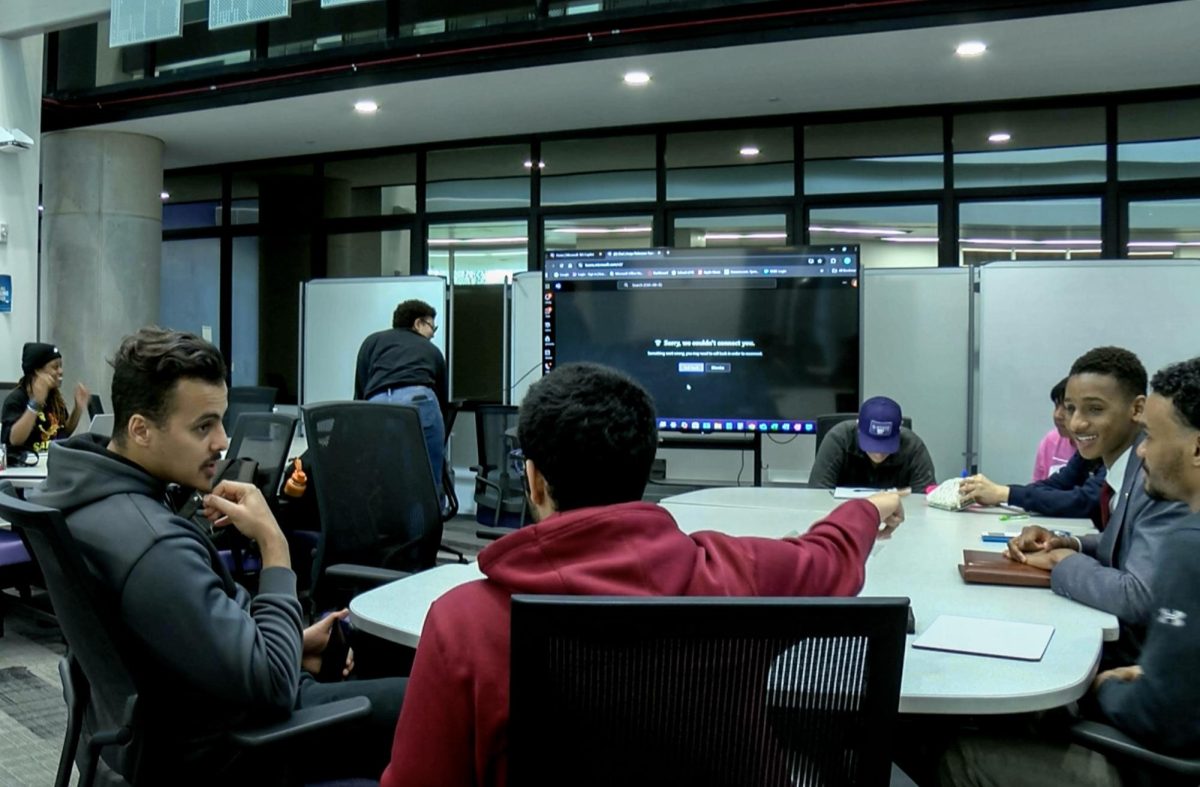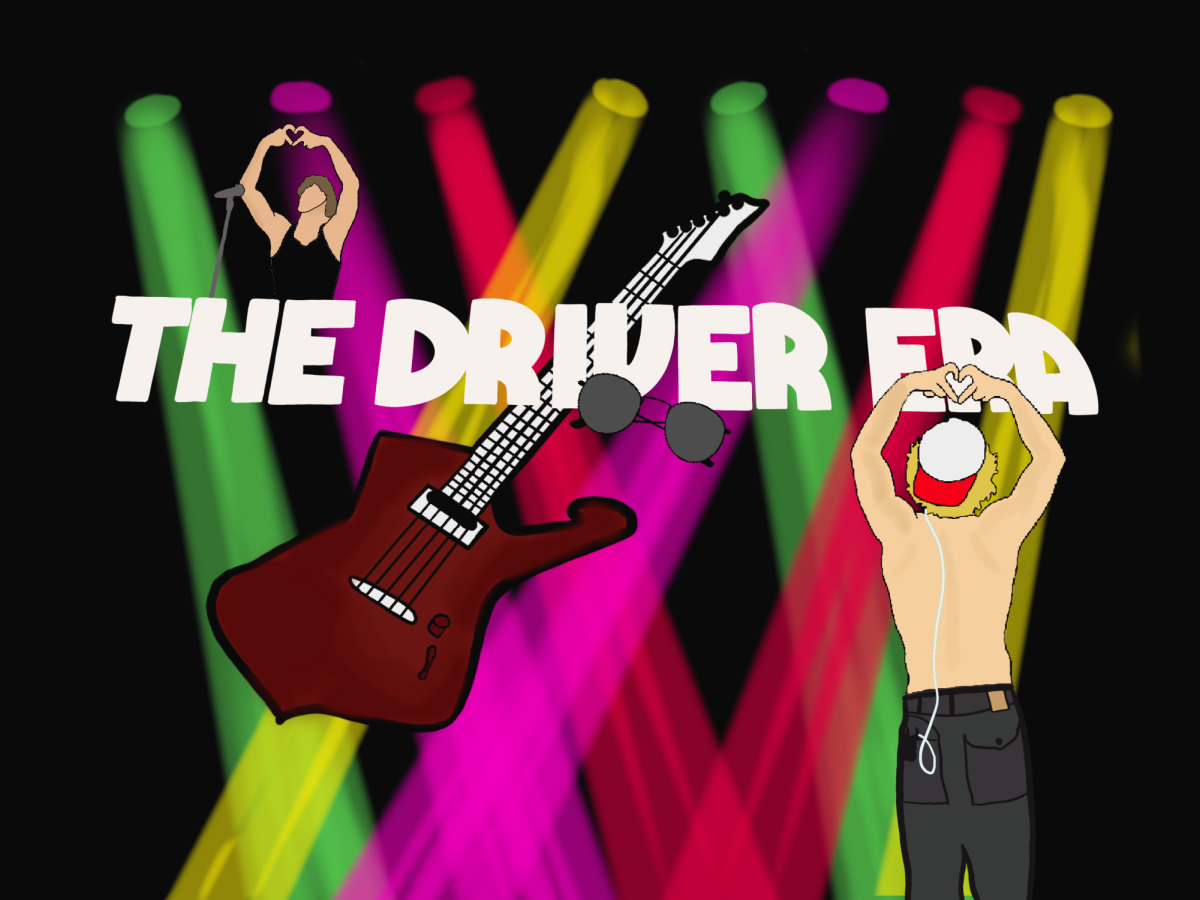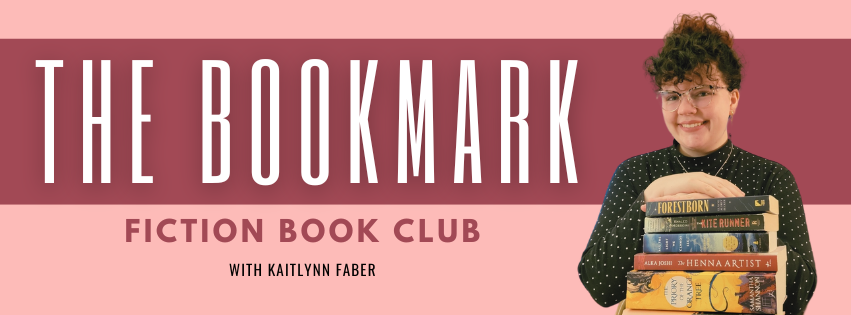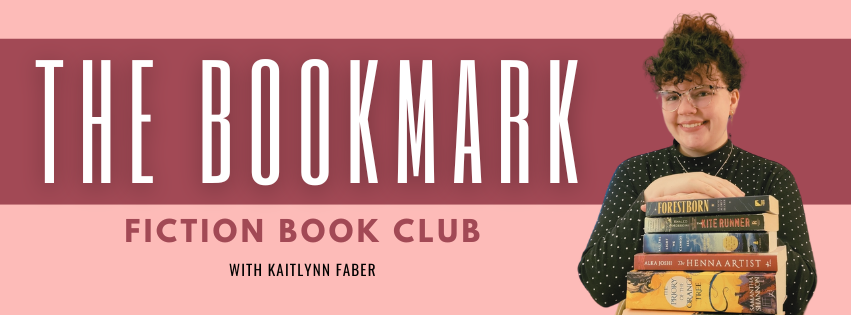Graphic design is more than just a job; it’s a dynamic field that constantly evolves with technology and culture, offering endless opportunities for creativity and innovation. As the digital world expands, the demand for skilled graphic designers does too, making it a promising career choice for the future. Here’s a breakdown of what to expect and how to get started in this growing field.
Why Graphic Design Is Still a Great Career Choice
The future outlook for graphic design is remarkably bright. As businesses continue to grow their overall online presence, need online stores, and more, the demand for professional design work that can capture attention, communicate effectively, and convert viewers into customers is skyrocketing.
Whether it’s digital marketing, user interface design, or traditional print media, graphic designers play a crucial role in creating visual concepts that resonate with audiences. This demand is not just limited to large corporations; small businesses, non-profits, and startups also seek talented designers to help establish their brands. Thus, a career in graphic design not only offers stability and demand but also a chance to make a significant impact across various industries.
Education Options: Online School vs. Traditional Education
When considering a career in graphic design, prospective students often weigh the pros and cons between online school vs. traditional education. Both avenues offer unique advantages. Traditional education provides a structured environment, direct access to equipment and face-to-face interactions with peers and mentors.
On the other hand, online education offers flexibility and accessibility, allowing students to learn at their own pace and from anywhere in the world. This can be particularly advantageous for those who need to balance studies with work or other commitments. Many online programs are also tailoring their curriculum to mirror the fast-paced changes in technology and design trends, making them incredibly relevant for students looking to enter the field promptly.
The Value of Online Certificate Programs
Having a unique and specialized skill set can set you apart in the job market. Getting a graphic design certificate online can help you make connections and give you marketable skills. These certificate programs are designed to provide intensive, focused training in key areas of graphic design, often completed in a shorter timeframe than traditional degrees.
For example, pursuing a graphic design certificate online allows aspiring designers to master software like Adobe Photoshop, Illustrator, and InDesign, essential tools for any professional designer. Also, these programs often include portfolio development, a critical component for showcasing your skills to potential employers. By focusing on practical skills and real-world applications, an online certificate can be a cost-effective way to quickly launch a successful career in graphic design.
Exploring Specializations Within Graphic Design
Graphic design is a broad field with numerous specializations, each offering unique opportunities and challenges. For those interested in digital media, specializations like web design, user experience (UX) design, and motion graphics are highly sought after.
These roles focus on creating engaging online experiences and can involve everything from animating graphics for videos to designing functional and aesthetic interfaces for apps and websites. On the other hand, those with a passion for print might gravitate towards branding, publishing, or packaging design. Specializing allows designers to focus on what they love most and become experts in that niche, making them highly valuable in specific industries.
Building Your Network and Portfolio
A strong network and a compelling portfolio are invaluable in the graphic design industry. Networking can start in school and continue through professional circles, online communities, and industry events. Engaging with other designers can lead to collaborative opportunities, mentorship, and insights into new tools and trends.
As for the portfolio, it is the single most important tool at a designer’s disposal. A well-curated portfolio showcases your best work and demonstrates your skills and versatility to potential employers. It should evolve with your career and reflect both your personal style and professional abilities.
Staying Ahead: Continuous Learning and Adaptation
The field of graphic design is still changing and growing, driven by shifts in technology, media, and consumer preferences. Successful graphic designers are those who stay curious, adaptable, and committed to learning throughout their careers. This might mean taking additional courses to learn new software, attending workshops to stay on top of design trends, or even learning adjacent skills such as photography or coding. This continuous professional development not only enriches a designer’s skill set but also ensures they remain competitive and relevant in the industry.
Graphic design is a career that offers both creative satisfaction and practical benefits, making it an excellent choice for artistic individuals looking for a dynamic and rewarding profession. With the right education, whether through traditional means or online certificate programs, and a commitment to continual learning and networking, aspiring designers can look forward to a flourishing career in this exciting field.















































































































